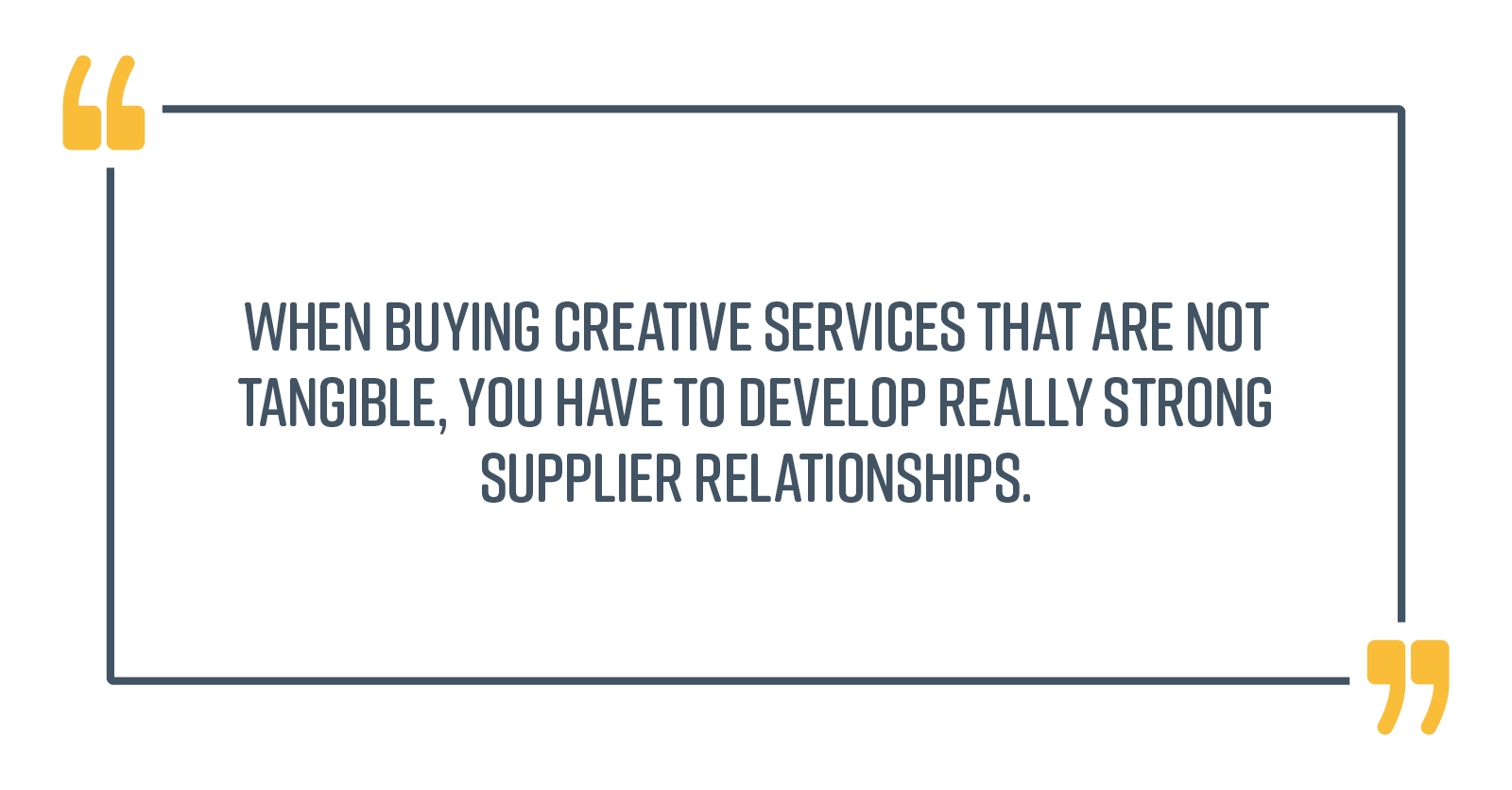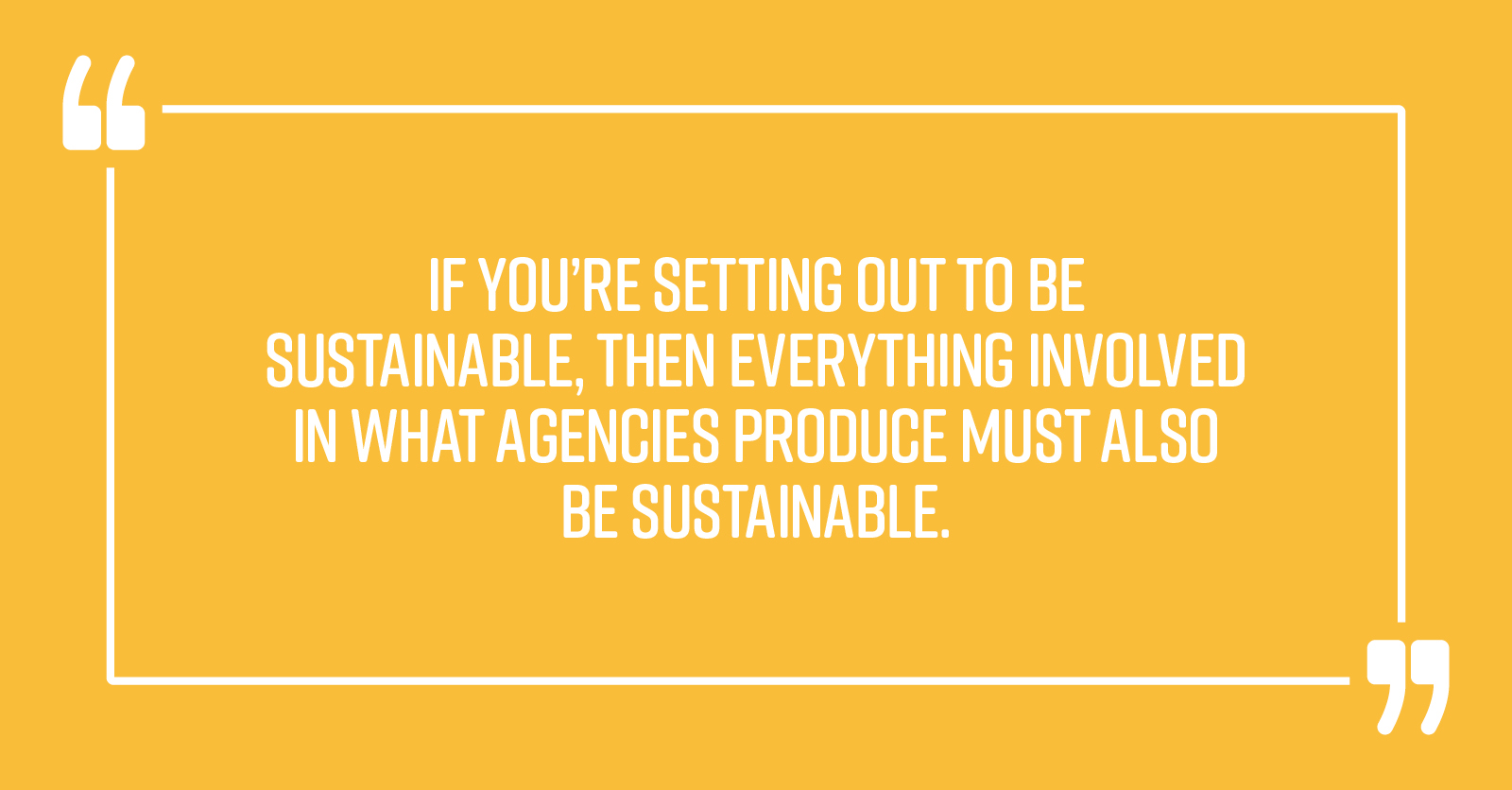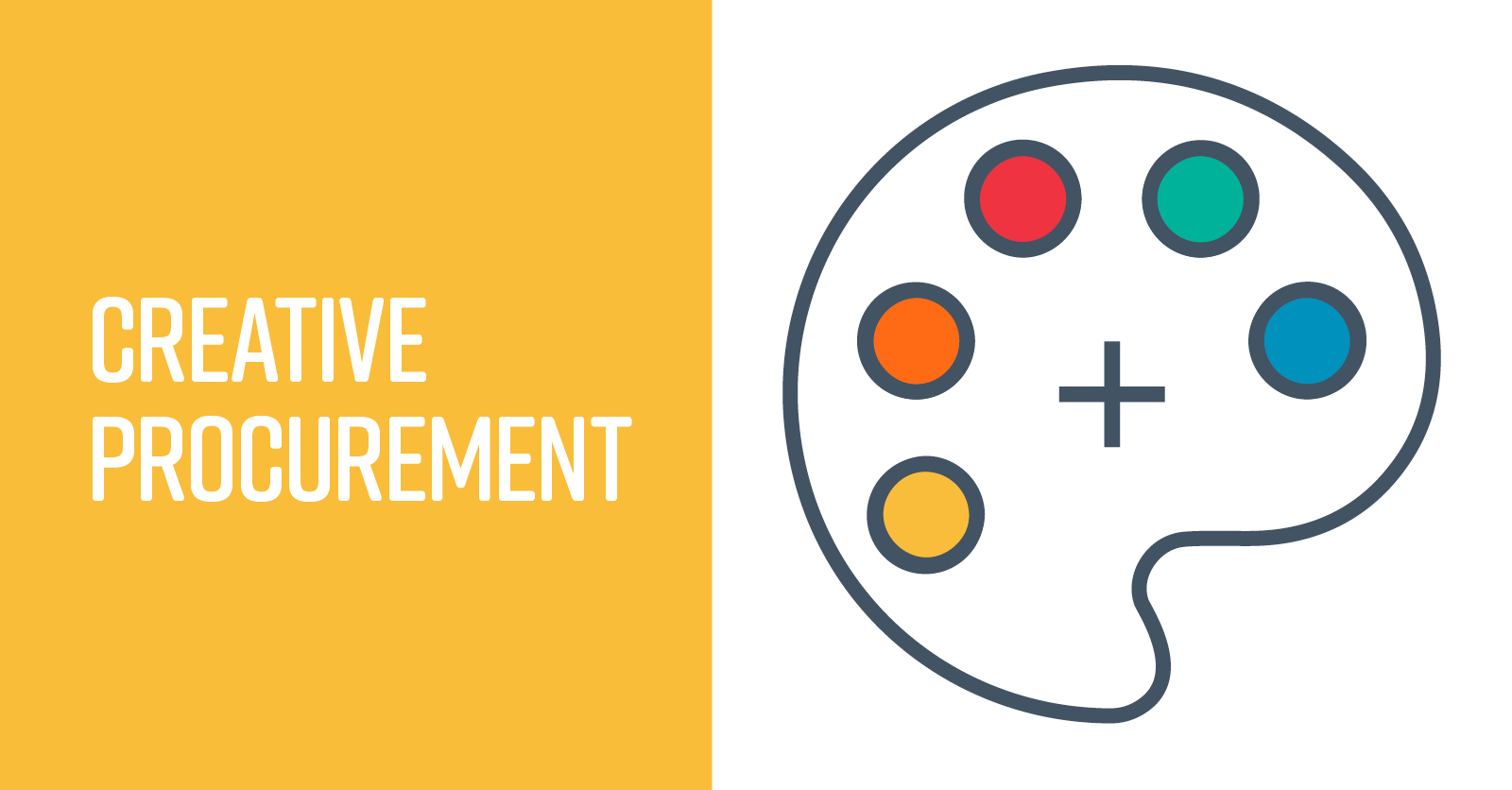Annabel Kaur-Barry, who leads digital and production procurement globally for Interpublic Group (IPG) – one of the ‘big four’ global advertising agencies – looks at sustainable procurement in the creative industry.
Creative procurement
When buying creative services that are not tangible, you have to develop really strong supplier relationships.

First, you need to understand their commercial modelling because creative services procurement does not follow a purely costed model. Instead, you have to think in a more commercial way. It is only through having relationships with creative agencies that you can start to understand how they operate.
Say, for example, you’re procuring an advert for a product launch. You might start with a typical rate card that sets the boundaries of the costs per hour to use certain types of professionals. For example, a creative director will cost more than an apprentice. Beyond that, how can something as intangible as creativity be costed?
In practice, we use a creative schedule. From the moment you converse with a supplier, say, ‘This is how I want creativity to happen.’ Consider a phased approach where phase one is when you create the concept. How many and what types of people do you need? And, on average for this type of work, how long does it take? In this way, such services can, to an extent, be quantified above and beyond a typical rate card methodology.
In our industry, it’s critical that you mix with other creatives to understand the prices that similar clients have paid for creative work. That’s when you start to gain an instinct for what is a fair price.
Sometimes, price doesn’t matter at the first hurdle. Objectives often change in creative projects and procurement needs to understand that. Building the supplier relationship might be more critical than negotiating on price and procurement’s most important role might involve facilitating that relationship.
Sustainability
If you’re setting out to be sustainable, then everything involved in what agencies produce must also be sustainable. How do you make sure that all your practices reflect this concept?

Communication is the simple answer. That’s us – as a creative agency – communicating our practices, objectives and needs internally from a procurement and business perspective. In addition, we need to understand our client and supplier needs. There should be an honest conversation between all involved to create a truly sustainable ecosystem that aligns with and complements one another.
If you’re driving sustainability, you’re also driving it with your suppliers, because you are shaping the way their products are represented and helping them define and communicate that. Sustainability has to underpin everything. In fact, creative businesses are in a unique position in the value chain, helping clients be perceived as sustainable while also powering supplier practices.
Sustainability and brand
In terms of the content we create for clients, we should ask, ‘What does sustainability mean to you as a brand?’
For procurement, key performance indicators (KPIs) might include increasing the number of diverse suppliers in tender opportunities. KPIs will support driving sustainability upwards as a business but, in addition, we need to educate and support, embedding them in the relevant places in the business.
Sustainabiliy in the supply chain
If suppliers are not on the same page, we must initiate a conversation, informing them how sustainability will bring benefits. With a new supplier, a relationship must be built but, with an existing one, you should already have a relationship that facilitates those types of conversations.
We all have responsibility for driving sustainable practices in the supply chain, but the way that sustainability is viewed and applied is very different, depending on the company and industry you work in.
Sustainability in action
We talk about sustainable procurement primarily amongst ourselves and in a theoretical way. We don’t usually talk about the ‘how?’ That’s the creative part.
I’m tired of seminars and conferences about sustainability being the future of procurement. Why aren’t we talking to people outside procurement? They are the ones we need to win over and educate in order to gain their support and buy-in.
Takeaways
Here are my three takeaways. First, if you want to be creative in your role, start experimenting with other industries and networking with different types of procurement teams. That is where you’ll learn what you like and dislike, where you fit and in which environment you will thrive.
Secondly, in terms of sustainability, understand what your business objectives are. If you don’t, you are going to struggle.
Third, can we in procurement stop talking to ourselves and start engaging with others who are part of the business?

Procurement people need to understand what the business objectives are and, with that, start to create a strategy to support the organization to achieve them.
Finally, we must portray what we can do as procurement – such as innovation, risk management and commercial training – that goes above and beyond the typical savings. Communicating this with people outside our community will start to develop who we are and add value to how we operate. Let’s get creative.